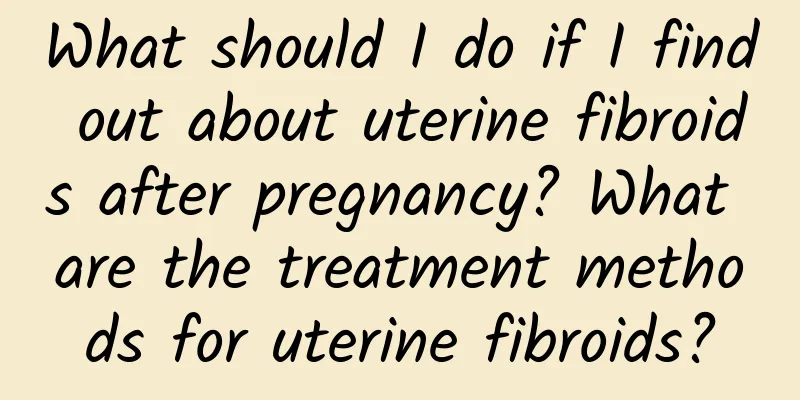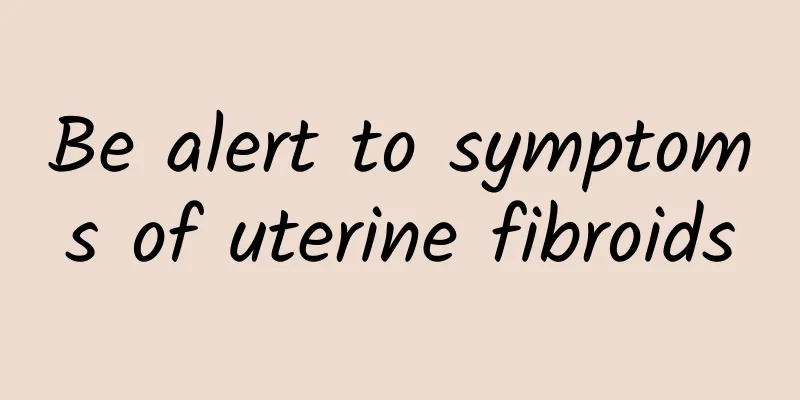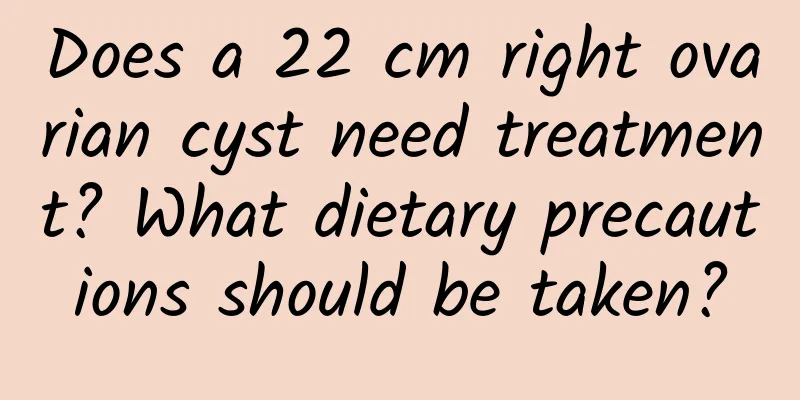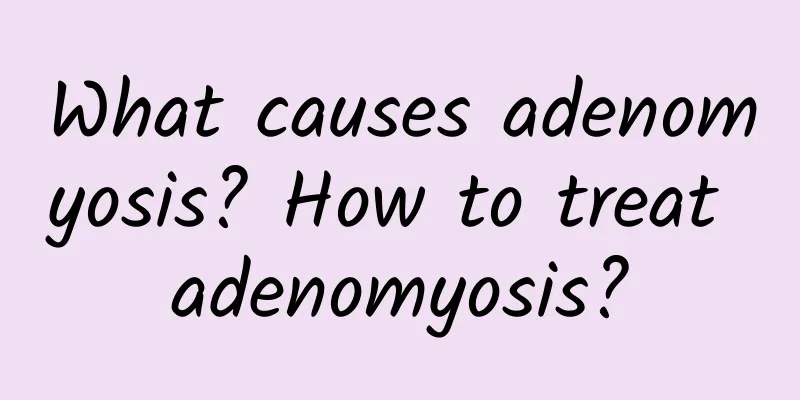What medicine is effective for pelvic peritonitis
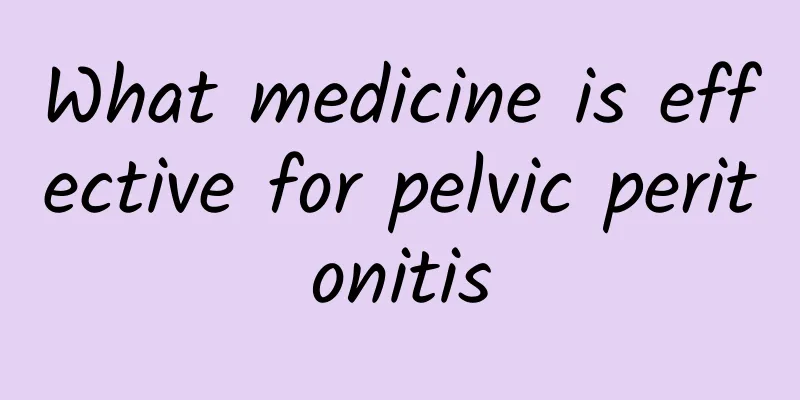
|
The best way to treat pelvic peritonitis is to combine Chinese and Western medicine, depending on the severity of your pelvic peritonitis. There are different treatments for different degrees of pelvic peritonitis. The following experts will introduce to you what medicine is effective in treating pelvic peritonitis. Recipe 1: Ling'e Xiaoji Decoction: Take 9g each of Trigonosciadium japonicum, Curcuma zedoaria, Salvia miltiorrhiza, Paeonia lactiflora, Corydalis yanhusuo, and Paeonia suffruticosa, 15g each of Prunus persica and Coix seeds, and 30g each of Red Caulis and Patrinia scabra. Boil the above medicines in water and filter out the decoction. Take 1 dose daily, divided into 2 doses, and take 10 days as a course of treatment. Generally, 2 to 3 courses of treatment can significantly improve the condition or cure it. Recipe 2: Erteng Decoction: Take 30g each of honeysuckle vine and red vine, 10g each of isatis indigo leaf, lithospermum officinale, peony bark, red peony root, Toosendan fruit, Corydalis yanhusuo, and raw licorice, and 6g of rhubarb. Boil the above medicines in water and filter out the decoction. Take 1 dose daily, divided into 2 doses, and take 5 consecutive days as a course of treatment. Generally, 2 to 4 courses of treatment can significantly improve the condition or cure it. Recipe 3: Rhubarb, Red Vine, and Albizzia julibrissin Decoction: 10g of Rhubarb, 15-30g of Albizzia julibrissin, 15-30g of Honeysuckle, 30g each of Red Vine, Patrinia scabra, and Lotus Stamen, 15g each of Forsythia suspensa, Cibotium barometz, and Dioscorea opposita. Boil the above medicines in water and filter out the decoction. Take 1 dose daily, divided into 2 doses, and take 10 days in a row as a course of treatment. This recipe can be used for 1 course of treatment after each menstruation is over. After using it for 3 months in a row, most patients with pelvic peritonitis can achieve satisfactory results. Intrauterine drug administration therapy: Add 250 mg of hydrocortisone, 50 mg of scopolamine, and 1 mg of atropine to 100 ml of 0.25% chloramphenicol solution. Inject this solution into the uterine cavity, 20 ml each time, twice a week. Generally, continuous use of the drug for 2 to 4 weeks can achieve satisfactory results. This therapy helps eliminate pelvic inflammation and adhesions of surrounding tissues. Physical therapy: Common physical therapies include ultrashort wave therapy, infrared thermal penetration therapy, and iodine or calcium ion penetration therapy. Generally, physical therapy is performed once a day, each time for about 30 minutes, and can be performed for 7 to 14 days. This type of therapy can promote pelvic blood circulation, improve the nutrition of pelvic tissues, and have a certain effect on alleviating the symptoms of pelvic peritonitis and promoting the absorption of inflammation. |
<<: What medicine can completely cure pelvic peritonitis?
>>: Is there any medicine specifically for pelvic peritonitis?
Recommend
Winter melon is a great product for weight loss! Low fat and low sodium helps reduce swelling
English name: Wax gourd. Other names: white melon...
How to treat congenital absence of vagina
Many women panic when they are diagnosed with con...
What are the factors that cause vulvar leukoplakia?
Vulvar leukoplakia, what is vulvar leukoplakia? W...
How much does a routine gynecological examination cost?
Gynecological diseases are common diseases among ...
What causes pelvic peritonitis in women?
Pelvic peritonitis mainly includes endometritis, ...
What medicine is good for uterine effusion? What is the main cause of uterine effusion?
Oral medication is one of the common methods for ...
How to care for lichen sclerosus vulvar leukoplakia?
Lichen sclerosus vulvar leukoplakia is also a typ...
Manifestations and treatment of abortion syndrome
Abortion syndrome refers to a series of physiolog...
Is vaginal bleeding a symptom of cervical erosion? What is the main cause of cervical erosion?
Vaginal bleeding is mostly caused by gynecologica...
Several effective dietary treatments for cervical erosion
Diet therapy is a method of treating cervical ero...
What effect does Panax notoginseng have on uterine fibroids? Can Panax notoginseng treat uterine fibroids?
What effect does Panax notoginseng have on uterin...
What causes ovarian cysts? Is ovarian cysts a serious disease?
Ovarian cysts are fluid-filled sacs in the ovarie...
How to treat pelvic inflammatory disease
The treatment of chronic pelvic inflammatory dise...
Homemade purple golden rice dumplings! Avoiding the hidden hunger crisis
The Dragon Boat Festival is approaching, and look...
Is counting calories to lose weight a trap? Nutritionist Zhao Hanying reveals: Top 10 detox products to get an S-shaped curve
If you rely on counting calories to lose weight, ...




